The story of the origin of the human race is closely intertwined with the appearance and growth of ancient civilizations across the world. Every ancient civilization had its own set of gods and their own version of how human life evolved on earth. Among all these ancient civilizations, ancient Sumerians deserve a special mention because of many different reasons.
Among ancient civilizations, it was Sumerians, who were the first to settle in the historical region of ancient southern Mesopotamia (an area of western Asia, corresponding to most of the modern day - southern Iraq) more than 7000 years back. It is in this area between Euphrates and Tigris, that ancient Sumerians flourished and left behind a legacy, which would later make the historians consider this area – as the cradle of human civilization. Not just the first advanced system of writing was invented here, more than 5000 years ago, but it also left a lasting impression of – mathematics, astronomy, arts and architecture on cultures yet to come.
Of all the tales and myths that are part of Sumerian civilization facts, the question of who created the Sumerians is particularly fascinating; when it comes to observing facts from their point of view. The story is one of the oldest stories concerned with the origin of the human race, but before going to the part of the creation of humans, a preliminary knowledge about Sumerian Mythology would be useful.
Ancient Sumerian religion was polytheistic - the people believed in many gods, who were worshipped in human form. Each Sumerian city state had its own protector god, along with their temples (known as Ziggurats) and priests to take care of them. As most early civilizations, people were religious but their fondness for a particular god was variable, depending on the status of the cities with which they were associated.
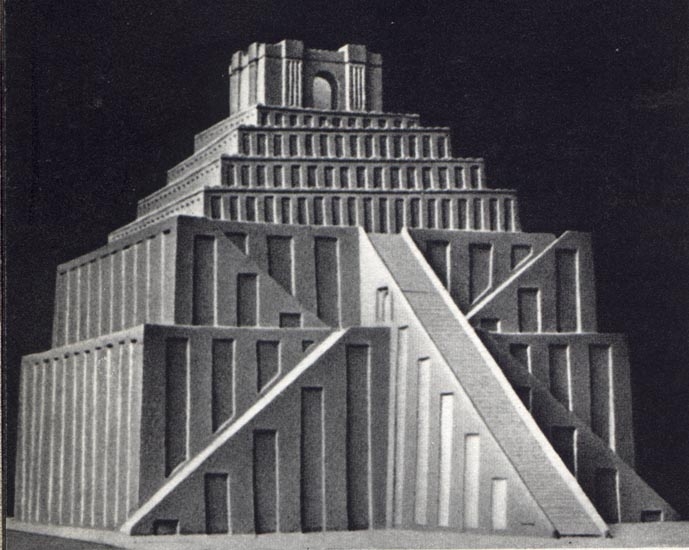
As ancient Sumerians, were one of the first people to keep a record of their life’s activities in tablet form, so we know a lot about them even thousands of years after their civilization disappeared from the face of the earth.
The pantheon of gods of Sumerian mythology numbered in hundreds. However, most of these were minor gods, without much practical significance and only a few merits further discussion.
Anu (which in Sumerian meant sky) was considered as the ancestor of all major gods and was the god of heavens and the supreme god. His spouse was Ki – who for the ancient Sumerians was the goddess symbolising Earth. Enki was the son of Anu & god of knowledge, creation, water, and trade. He is also considered as the creator of humanity and human culture. Ninhursag was the consort of Enki and was Sumerian mother goddess of mountains. Enlil – who is the god of wind, rain, and the air is considered as the chief of gods, as the son of Anu and his heir apparent. The spouse of Enlil was Ninlil, who is also known as the lady of the wind, as she was the goddess of south wind (the north wind was under her husband – Enlil).
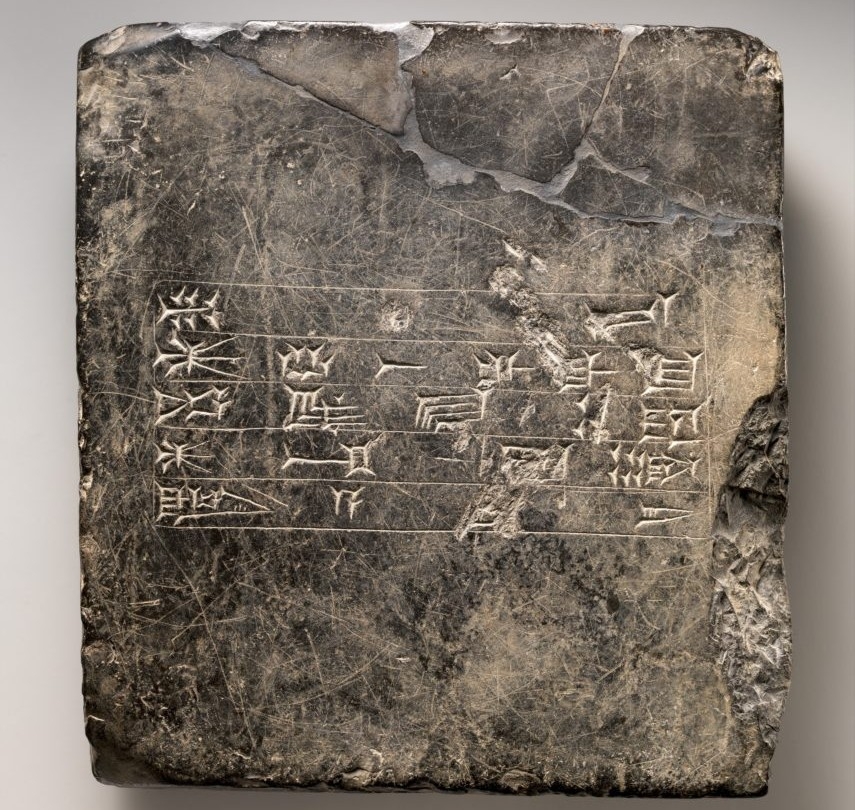
Inanna was the goddess of beauty, love, and war and was the goddess form of planet Venus. Utu was the sun god as well as the keeper of justice, who protected the good and punished the evil. The Sumerian underworld was ruled by goddess Ereshkigal. Nammu was the goddess of the sea, who gave birth to the god An.
As per the Sumerian mythology, at the beginning of the world, there were only gods (with a strong hierarchical system) in the worlds & no humans. However, the earth was rather an inhospitable terrain and to make it liveable, much work had to be done. These included (but were not restricted to) digging the soil for farming purposes & to make it habitable and mining for valuable minerals. All this was done by younger gods – the Igigi, who were much lower in the hierarchy.
After years of hard labour, the junior gods (the Igigi) could take it no longer and revolted against the senior gods, demanding relief from their tough work load. The god of fresh water – Abzu, threatened to destroy the world by flooding with his waters. The gods were terrified by this and ask Enki for help, to which he agrees. Abzu is put to sleep. However, this does not answer the difficult question, as who would do all the work?
Enki decided to solve the problem, by creating a race of servants, who would do all the hard labour, previously done by the minor gods. Kingu – son of Abzu is killed and his blood is added to clay and the first human (known as Adapa) is created out of this mixture. It would be important to mention here, that religions of ancient Sumerians greatly influenced later cultures, which rose in Mesopotamia, like the ancient Babylonians and Akkadians. The god – Abzu and his son Kingu, were Babylonian contributions to the ancient Sumerian mythology.
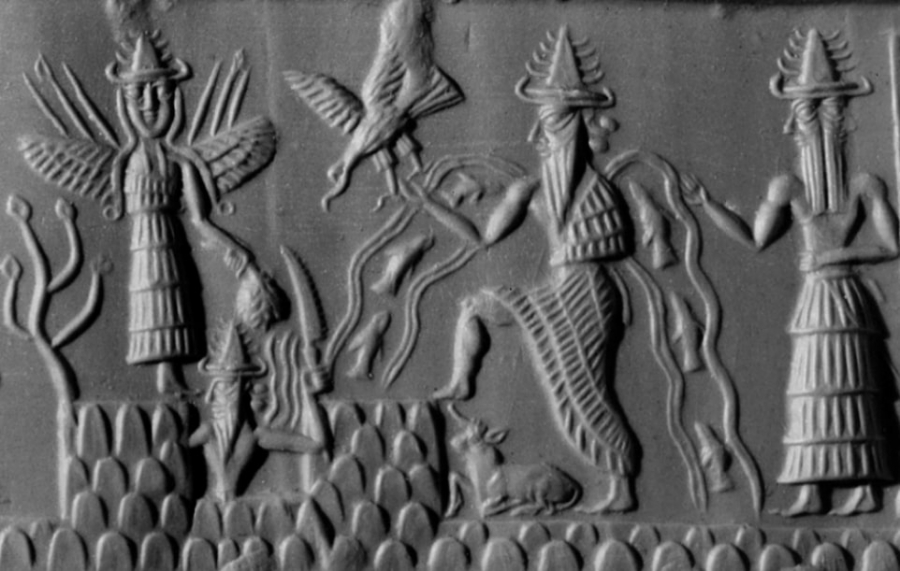
Enlil was not very happy with the creation of man and hated them for his own selfish reasons. The original reason for creating human was to function as a race of slaves, who would have very low levels of intelligence and would follow the basic orders given to them. However, unknown to Enlil, Enki had created Adapa as an independent and intelligent human being. Creating humans from the blood of god (& his DNA) made them far more intelligent than anticipated, which enraged Enlil.
Enki had felt a great responsibility and compassion when he created the human race. His gift of intelligence and freewill gave them incredible potential, which even had the ability to rival their creators. All this made Enlil a strong enemy of mankind, as a result of which humans had to serve gods for a very long time, during which they had to undergo much suffering and hardship.
As humans were created by gods for serving them, so large labour projects were arranged on behalf of temples, requiring people to toil hard for creating facilities of irrigation for agriculture. It was the duty of citizens to follow the instruction of temple authorities and help in manual labour. However, like modern times, these ancient Sumerians could also escape harsh problems of life by payment of money, which for the Sumerians was a small fine in form of silver.
Sumerian culture was one of the first civilizations of the world and their innumerable contributions to the development of mankind have already been described previously. In modern times, many scholars have found many similarities between stories of Sumerian mythology and tales of the Old Testament in the Holy Bible. The creation of Adam and Adapa by god, from dust and clay respectively is indeed somewhat similar.

The incidence of Noah and the Great Flood in the holy Bible, also is similar to Sumerian Flood myth, to a great extent. The ancient Sumerian underworld – Kur, also resembles greatly the description of the permanent place of the dead (Sheol), in the Hebrew Bible. The paradise of Bible – Eden, described in the chapter of Genesis, is akin to Dilmun of Sumerian text – a holy land of pure and bright light. Whether the incidents of Bible have been written based on events discussed in Sumerian mythology, or they are both derived from a common source, a piece of older literature or actual event occurring in the past remains a matter of conjecture.
In recent times, there has been a resurgence in ancient astronaut theory, which has evoked various emotions ranging from frank disbelief and controversy on one side to fascination and conspiracy theories, on other. Ancient Astronaut theory is based on the firm believe that in prehistoric times, intelligent extra-terrestrial living beings (aliens) visited earth, and their interaction with humans of the time has been an important factor in shaping the course of mankind’s history.
It was Zecharia Sitchin, who first proposed the theory, that Annunnaki gods of ancient Sumerian mythology were actually a race of advanced aliens, who came from a distant yet to be discovered, planet of our solar system, named Nibiru – the 12th planet (where Sun, Moon, and Pluto are taken as planets).
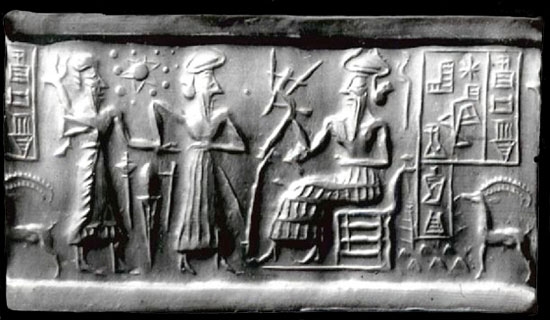
The Earth Chronicles, are a series of books published by Zecharia Sitchin, where he writes about his personal translation of Sumerian texts studied by him. According to him intelligent aliens (who would later be known as Anunnaki gods of ancient Sumerian mythology) came to earth approximately 450,000 years ago to mine gold, which they needed for the sustenance of their own planet. The atmosphere of Nibiru was slowly deteriorating in quality and quantity. Gold from earth had some role in reversing this deleterious effect.
A team is sent by Anu – the ruler of Nibiru, under the leadership of Enki to establish the first Earth base, which was established at – Eridu, which in the modern world is considered as an integral part of archaeological site in southern Mesopotamia, and believed by some experts as one of the oldest cities of the world. Continuous mining for gold created frustration among the mining aliens and they ultimately revolt against their leaders.
To control further dissent, Enki and Ninhursag created the primitive human beings by genetic engineering of a female ape around 300,000 BC. These primitive human beings take over the manual labour of the aliens, who are now treated as gods. With reproductive ability present, the new species – Homo sapiens, begin to multiply in number, thereby greatly increasing the population of workers, who gradually spread throughout the world. Slowly as time passed, the aliens left earth for some unknown reasons.
The above description of first appearance of Homo sapiens – the human species, as described by Zecharia Sitchin on his book, The Cosmic Code – The Sixth Book of The Earth Chronicles, does challenge long held theories on origin of human race and has caused a lot of scepticism and controversy among the regular historical experts and archaeologists, who have dismissed his work. They maintain that Sitchin’s interpretation of the Sumerian texts was wrong and sensationalize rather mundane facts.
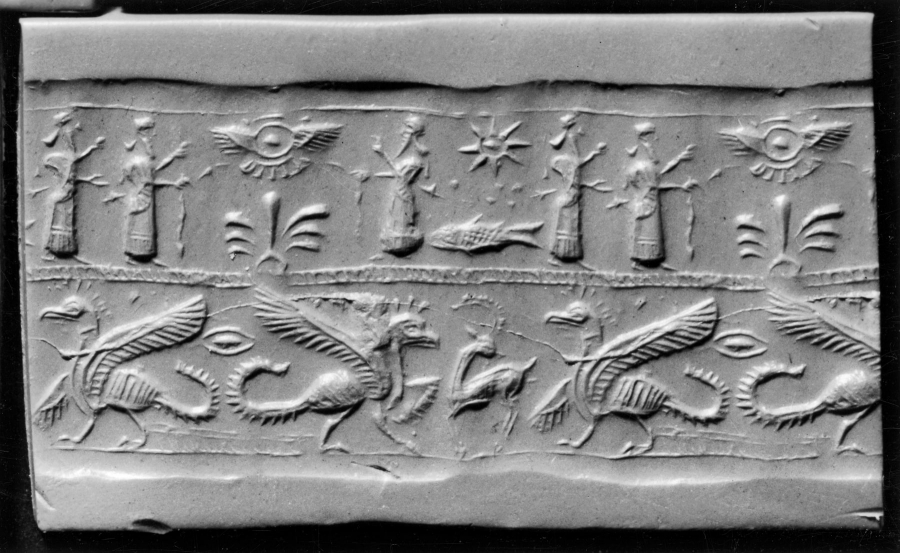
In the end, it has to be mentioned that Zecharia Sitchin has been credited with writing numerous books, all of which have tried to explain the ancient astronaut theory, and how they have influenced the human race. Although his ideas have been very controversial, with most of the scientific community remaining sceptic to his claims, but a lot of different people share his enthusiasm and believe that some intelligent aliens visited the earth in ancient times and contributed to mankind’s development. This can be confirmed from the fact that his books have sold millions of copies worldwide & has been translated into more than 25 languages.
The above discussion just proves how ancient Sumerian mythology, culture, and religion left an everlasting impression on the culture and people who came after them. Besides being the first to invent writing, the concept of basic measurements – like creating standards of; foot of 12 inches, a yard of 3 feet and a dozen as an aggregate of 12, have come from ancient Sumerians.
The story of the creation of the human race has been described differently by scientists, historians, and religious leaders. Sumerian civilization is unique in this sense, as here mythology has been attempted to be linked to the extra-terrestrial origin of human life.
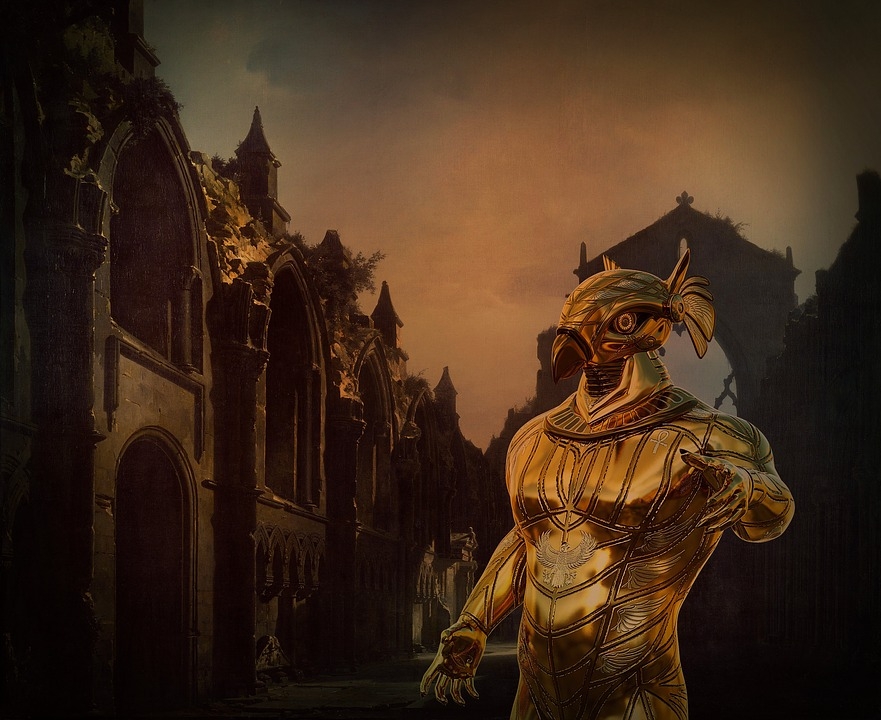
As new technologies like genetic engineering and designer babies evolve and begin to affect the daily life in the modern world, the events of the past are seen on a new light. It becomes logical to ask how pyramids of Giza (& other pyramids around the world) and gigantic structures like Sphinx in Egypt, could be developed thousands of years ago by our ancestors, without the help of any intelligent technically advanced species. How much of our history do we really know? The truth at best will always remain a partially told story.